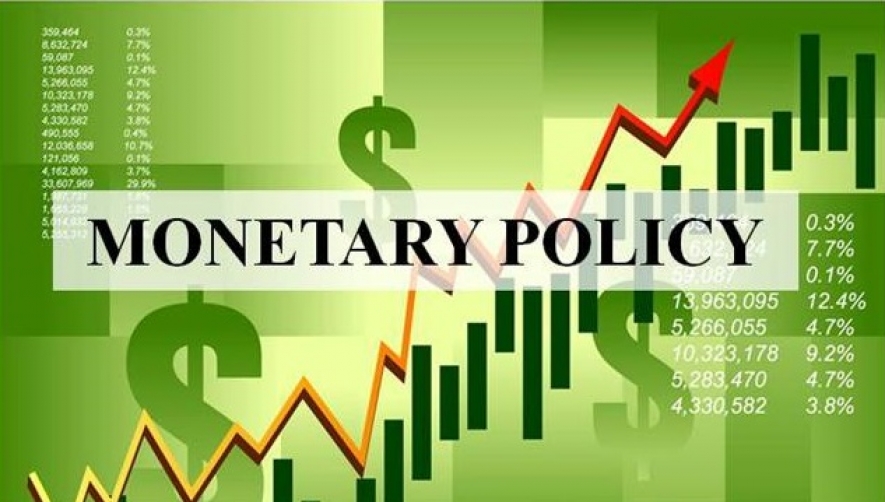

When it comes to fundamental analysis of a currency of a particular nation, one of the most influential factors to mark trading currency pairs, is the monetary policy course, adopted by central banks. A nation’s central bank, acting as a monetary authority which ultimately strives to achieve price stability in the country, uses monetary policy in order to control the money supply, or the total amount of money available in the economy. Generally, each central bank tries to achieve an equilibrium between the rate of inflation and economic growth in the country, to which it belongs.
For most industrial economies the exchange rate does not enter into the decisions of policymakers above and beyond the impact on expected inflation. In emerging market countries, by contrast, the exchange rate can play an important role not only in countries with currency boards or explicit exchange rate objectives but also in those that target inflation. What determines the weight of the exchange rate in the monetary policy framework? There are several key factors: the impact of exchange rate movements on domestic inflation, the source of shocks, credibility, the volatility of capital flows, and financial and structural reforms.
National governments and their corresponding central banking authorities formulate monetary policy to achieve certain economic mandates or goals. Central banks and monetary policy go hand-in-hand, so you can’t talk about one without talking about the other. While some of these mandates and goals are very similar between the world’s central bank, each has their own unique set of goals brought on by their distinctive economies. Ultimately, monetary policy boils down to promoting and maintaining price stability and economic growth. To achieve their goals, central banks use monetary policy mainly to control the interest rates tied to the cost of money, the rise in inflation, the money supply and reserve requirements over banks.
Monetary policy can be referred to in a couple of different ways. Contractionary or restrictive monetary policy takes place if it reduces the size of the money supply. It can also occur with the raising of interest rates. The idea here is to slow economic growth with the high interest rates. Borrowing money becomes harder and more expensive, which reduces spending and investment by both consumers and businesses. Expansionary monetary policy, on the other hand, expands or increases the money supply, or decreases the interest rate. The cost of borrowing money goes down in hopes that spending and investment will go up.
The income effect of expansionary monetary policy tends to lower the domestic currency exchange rate, weaken the current account and work to improve the financial account. A restrictive monetary policy tends to cause the opposite due to the income effect. The domestic currency exchange rate increases, the current account improves and the financial account weakens. Just like forex traders who collect and study data to make their next move, central bankers do a similar job, but they have to focus their decision-making with the entire economy in mind, not just a single trade.
To receive new articles instantly Subscribe to updates.